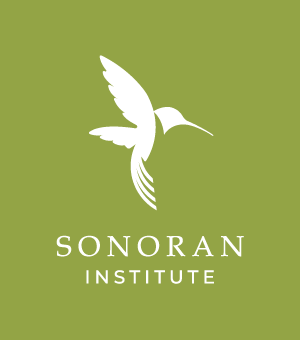“Many different research projects are working in tandem to create a better environment for the natural world, but also for the one we carve out for ourselves.”
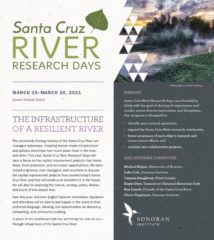
Santa Cruz River Research Days brings together scientists, community groups, students and local officials and employees from local, state and federal government agencies. The two-day conference began in 2009 and provides a venue to share research findings that impact the lives of residents and wildlife along the Santa Cruz River from Mexico to Marana. This year was no exception even though we held the event virtually on Zoom.
Speaking in two languages
For the first time, we offered simultaneous interpretation between English and Spanish, allowing everyone joining from both Mexico and the U.S. to speak in the language that is most comfortable for them, and to follow along with all the speakers. This service was much appreciated by the event survey respondents who said:
“Excellent! Worked beautifully. Wonderful addition.”
“Sí, perfecto. De gran valor.” “Yes, perfect. It was of great value.”
“I am fluent in both Spanish and English, so I did not use the translation feature, but I do believe that this is a very important addition.”
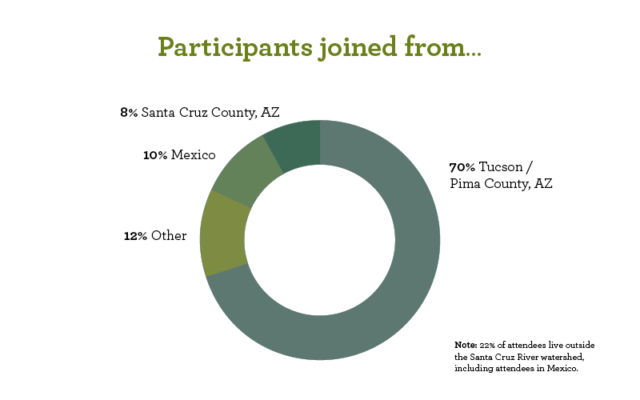
Topics du jour
Presentations this year were wide-ranging, with something for everyone, no matter their professional affiliation or what they do. We heard from a tribal perspective about the culturally important trees that grow along southern Arizona’s rivers. Research findings described the diversity of bird species using the Santa Cruz River Heritage Project compared to other portions of the river. We had other presentations focused on wildlife such as, patterns of dragonfly diversity and Gila topminnow habitat preservation, as well as ones focused on water quality, PFAS contamination, and microplastic pollution.
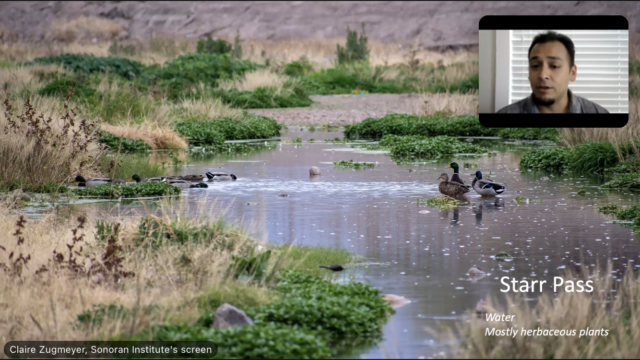
The arts were highlighted with the sharing of a cross-border art exhibition, while another showed how connections between art and participatory science research are made. Trash and invasive species removal efforts were described by our staff and by Ironwood Tree Experience. Volunteers are needed and welcomed to help with these efforts! Cultural history was also highlighted with a presentation from Mission Garden, reminding us that throughout time all the action with agriculture, trade, religion and community was taking place on the banks, and not so much in the “ditch.”
Thematically, we sought presentations with a special focus on the infrastructure of the river this year, therefore we had a series of presentations including green infrastructure workshops with schoolchildren in Ambos Nogales, Pima County’s Santa Cruz River Management Plan, new recreational park spaces and site improvements, bank protection and other flood control measures.
A few presentations spoke on climate change. In one, changes in water quality were explored; higher water temperatures allow some molecules to dissolve in higher quantities, which may affect river health. Our arid climate is coupled with high population growth rates affecting groundwater reserves and water availability, and finally, models for future flood flows and water supply and demand were also discussed.
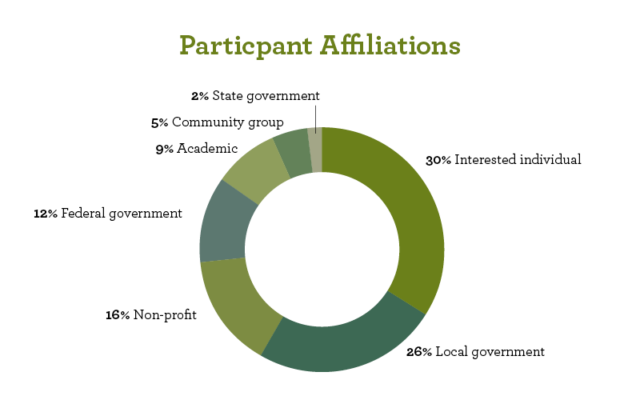
Building relationships
During the happy hour discussion at the end of Day 1, attendees and presenters came together and the conversation turned to how we’re seeing new, often native species establishing populations in the Heritage Project reach in downtown Tucson—but, where did those species come from? Together we explored ideas about where the early-arriving riparian species, like dragonflies, could have originated and how less-mobile species, like fish, come to inhabit the Santa Cruz.
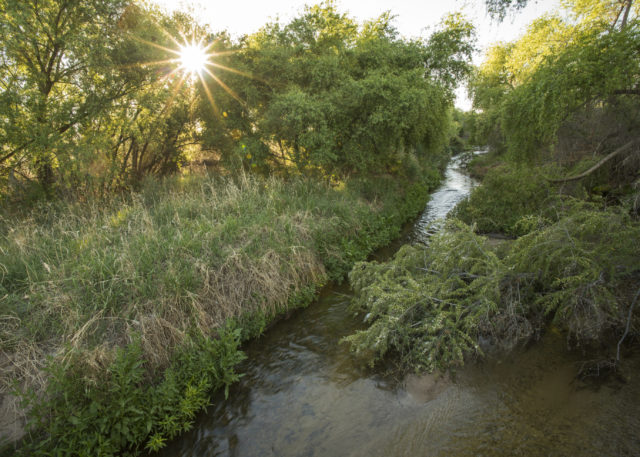
©Bill Hatcher/Sonoran Institute, 2021
All in all, we had a wonderful, informative time:
“Many different research projects are working in tandem to create a better environment for the natural world, but also for the one we carve out for ourselves.”
“Although I don’t have the technical background, I know enough to have been very impressed with the quality and diversity of the research. I also appreciate that both study/research and action go hand in hand. I was especially interested in the Nogales, Sonora report.”
“The early history of the Santa Cruz was fascinating. I was primarily looking to hear Dr. Bogan [on dragonflies] and researcher Pablo [Rocha, on birds]. Surprisingly I found I was also interested in the microplastic problem and other pollutants. I wasn’t planning to join for the 2nd day on flood control but liked the first day so much I did. That day too taught me a lot.”
We thank our 2021 sponsors
Lead Sponsors: Pima County Flood Control and Pima County Wastewater Reclamation; Event sponsors: Tucson Electric Power and Kimley Horn as well as: CMG Drainage, Friends of Santa Cruz River, Leila Gass and Tucson Water.
Learn more about Research Days and our Santa Cruz River work
View this year’s agenda.
Visit the Research Days archive.
Blog Post By: Corinne Matesich, Marketing Communications Manager
